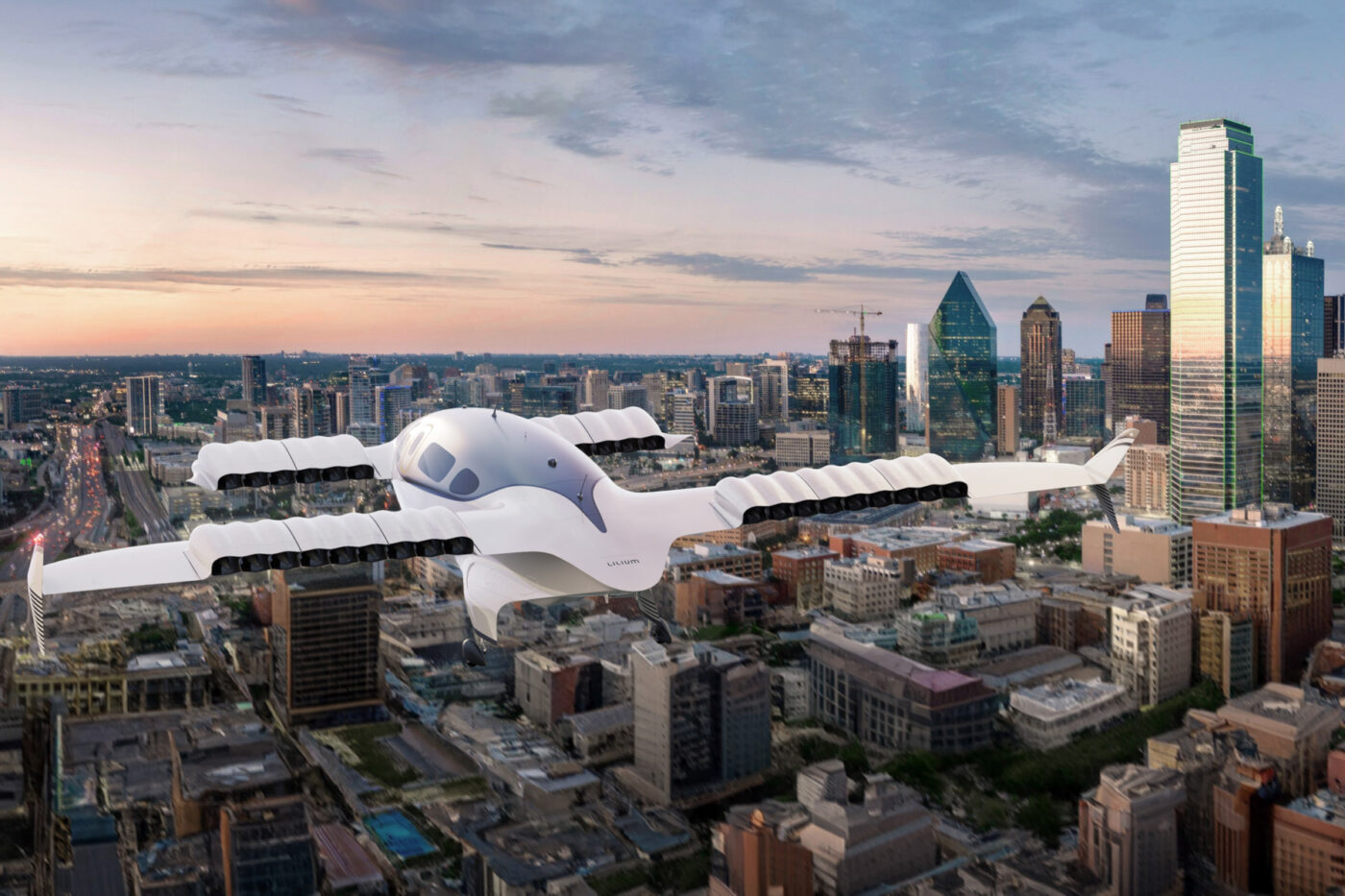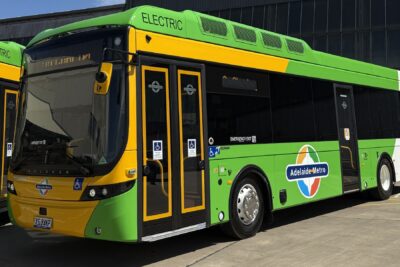Air taxi startup Lilium opens branch in China
Lilium has signed a cooperation agreement with the Bao’an district in Shenzhen for its regional headquarters. Through this collaboration, Lilium aims to establish itself as an active and contributing player in the region’s so-called low-flying economy and foster relationships with local infrastructure partners, customers and regulators.
While the partnership will initially focus on the Guangdong-Hong Kong-Macao metropolitan area with a population of over 85 million people, Lilium intends to grow throughout China and the wider Asia-Pacific region in the future.
Lilium is currently in the process of opening its regional headquarters in Bao’an Low Altitude Economy Industry Public Service Centre and is the first European eVTOL manufacturer to open a regional office in this district. The regional headquarters will support Lilium Jet’s sales, services and support in China and the Asia-Pacific region.
Lilium will also handle certification and validation in China, which is expected to account for around 25 per cent of the global eVTOL market in the future. By establishing the regional headquarters in China, Lilium will create new jobs in the Shenzhen region. Local hiring is expected to begin this year, with a focus on commercial activities.
Klaus Roewe, CEO of Lilium, said: “China represents a huge opportunity for the eVTOL industry and this partnership with the Bao’an District will expand our footprint even further in China. We believe the Lilium Jet is well placed to meet the demands of customers in China and across the region. We are particularly grateful for the modern facilities provided by the Bao’an District in the Bao’an Low Altitude Economy Industry Public Service Center, and for the holistic support they offer to encourage growth in the low altitude economy industry.”
Production of the Lilium Jet began at the end of last year at Lilium’s headquarters near Munich in Germany. The first pilot flight is planned for the end of 2024. According to Lililum, the electric aircraft, which will primarily be used as an air taxi, has a range of 250 kilometres and reaches a cruising speed of 280 kilometres per hour.





0 Comments